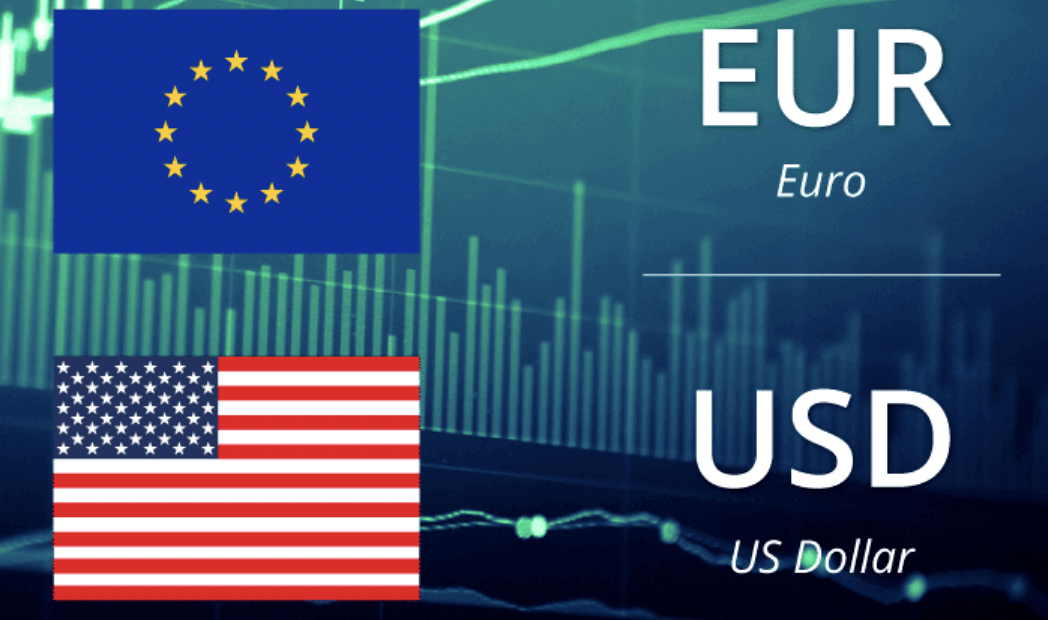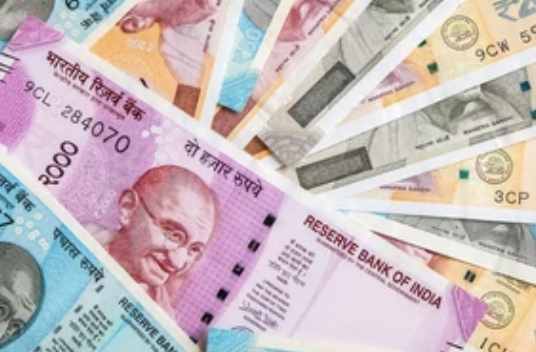
Alina Haynes
Jun 06, 2022 15:25

In spite of Turkish currency (TRY) traders' inflation worries and President Erdogan's efforts to appease TRY purchasers, the USD/TRY continues to trade near $16.36, the highest level since 2022. The pair's upward momentum is influenced by Friday's high Turkish inflation data for May, as well as the US dollar's comeback over the last week, not to mention expectations of the Fed's faster/more aggressive rate rises.
According to Reuters, "Turkish President Tayyip Erdogan stated on Sunday that inflation numbers from the month of May, when annual consumer prices soared to a 24-year high, indicate that inflation is now on the down." It is noteworthy that the May inflation rate for Turkey increased to 73.5 percent in the most recent report.
Reuters also reported that the lira fell by 44 percent last year and has been the poorest performer in emerging markets for several consecutive years, mostly owing to economic and monetary policy worries under the administration of President Tayyip Erdogan.
In contrast, the odds supporting a 0.50 percent rate hike by the Federal Reserve in September have lately increased to 75 percent from 35 percent a week earlier, which emphasizes this week's US Consumer Price Index (CPI) data and favors US dollar purchasers. In spite of this, the US Dollar Index (DXY) reversed a two-week downward trend at Friday's close, trading down 0.14 percent intraday near 102.000 as of press time.
US Nonfarm Payrolls (NFP) for May came in at 390K, above expectations of 325K but falling short of the upwardly revised prior readings of 428K. In addition, the unemployment rate stayed constant at 3.6% against predictions of a minor reduction to 3.5%. In addition, the US ISM Services PMI dropped to 55.9 in May, compared to the market estimate of 56.4 and the flash reading of 57.1 in April. Following the release of the statistics, Loretta Mester, president of the Federal Reserve Bank of Cleveland, stated that the Fed's only worry is inflation. The officials underlined that the likelihood of a recession has increased.
Wall Street benchmarks finished in the negative and US 10-year Treasury rates saw their first weekly increase in three weeks to reflect the risk-averse sentiment of the previous day. However, S&P 500 Futures increased by 0.5 percent to 4,126 and US 10-year Treasury rates fell by 1.3 basis points (bps) to 2.942 percent as per the most recent data available.
Amid a pre-Fed blackout for Fed officials and in anticipation of Friday's US CPI, USD/TRY traders should pay attention to risk drivers moving forward.
A successful breach of the prior resistance line from early January, about 16.45 at the time of publication, would lead USD/TRY values toward the $17.00 mark before testing the late 2021 top at $18.36.

Jun 02, 2022 16:20
